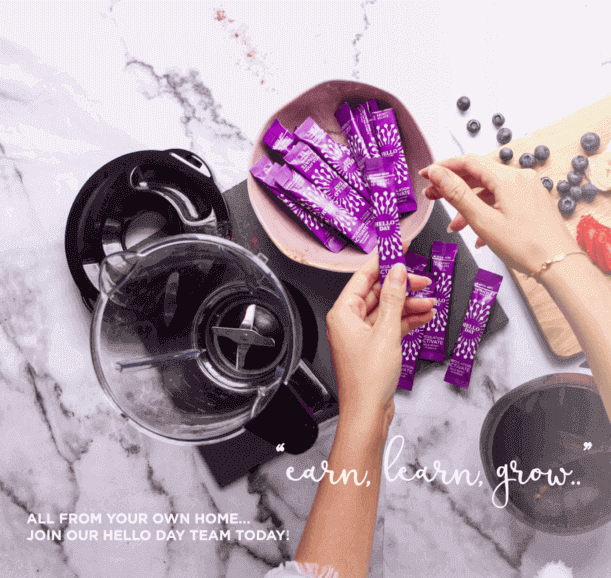It’s not always easy to have a healthy, balanced meal at lunchtime, especially when time is short and the only things available are fast-food chains or food stalls.
So, just like many working people in France and Japan, why not take up a ‘Lunch Box’ attitude?
Article written by Ariane Monnami, nutritionist and micro-nutritionist.
France and Japan
In 2007, the book “Ces Françaises qui ne grossissent pas: Comment font-elles?” (French Women Don’t Get Fat: The Secret of Eating for Pleasure) became a best-seller in many English-speaking countries.
A French diet consists of several ‘particularities’, including the sacred “pause de midi” (lunch break) — which can sometimes last up to two hours… the stuff that dreams are made of, right?
Because of this little ‘break’, the French are able to enjoy a real meal which is healthy and balanced, containing proteins, vegetables, starches and very often finished off with a piece of fruit or yoghurt.
In Japan, the ‘Bento’ tradition is still very much alive, also in the younger generations. Here too, lunch is made of protein, rice or noodles and of course, lots of raw and cooked vegetables!
What are the advantages?
- Essential nutrients are of a much higher quality than in fast-food meals such as chips and hamburgers — neither of which help to keep you in good shape and health.
- Eating a proper meal at lunch means you can have a lighter meal in the evening, improving sleep and avoiding ‘calorie-storage’ during the night.
- It also means you’ll be less likely to nibble throughout the day.. especially on things like biscuits or chocolate.
- Varying your meals every day also means you’ll get the most out of different antioxidants, vitamins and fatty acids.
- You’ll know and be able to control exactly what goes in to your meal — this is essential when following a weight-loss plan, or simply a gluten-free/dairy-free diet for example.
Your ideal Lunch-box
To make sure that you benefit the most from your lunch box, make sure to include the following:
- A source of protein: meat, fish, eggs, tofu, seafood…
- A starch, preferably low GI: wholewheat bread, brown or basmati rice, lentils, white or red beans, quinoa..
- Raw and/or cooked vegetables
- Healthy fats: preferably olive oil
- Optional: fresh seasonal fruit, or a dairy product such as yoghurt.
A typically French recipe: Salade Niçoise!
For a single serving:
- A small tin of tuna in olive oil
- 1 hard-boiled egg sliced into quarters
- Several anchovy filets (optional)
- 5 black olives
- 1 tomato cut into quarters, or 6 cherry tomatoes
- Green salad
- Several small radishes cut into thin slices
- Peppers (green, red or yellow) thinly sliced
- Optional: You can also add plenty of other vegetables such as cooked green beans, broad beans, artichoke..
For the dressing, use olive oil and vinegar, then store in a separate little container to avoid ‘cooking’ your vegetables!
This salad is also well accompanied by a piece of fresh wholewheat bread.
Tips for getting organised!
As we all know, there is never enough time!
The morning is always a rush, between getting the children dressed, checking they’ve taken all the right bags and get on the right bus, there’s little time to think about preparing a healthy packed lunch.. so time and time again, you find yourself queuing for the fast-food joint around the corner!
The solution? ANTICIPATION!
Idea no. 1: Cook twice as much in the evenings
If you cook a little more in the evenings, you’ll be able to already put some aside for your lunch the next day.
Of course, it’s essential to make sure the the extras go straight into box and into the fridge..! If not, you’ll most probably end up eating anything you had ‘planned’ to keep..
Idea no. 2: Cook in bulk on the weekends
A few dishes such as oven bakes, lasagna and roasted meats and vegetables can be very easily frozen. So cooking in large portions and then freezing lots of little containers can be an incredible time-saver! Just remember to label the boxes with the contents and date.
Once you make this a habit, you’ll have a good variety of ready-made lunches to choose from.
If the weather is particularly hot, or if your office doesn’t have a fridge, then simply take out the container on the same day and it’ll be ready by lunchtime!
References
- Revue Population Sociétés – Ined Delphine Robineau et Thibaut de Saint Pol- 2013 –
- Ces Françaises qui ne grossissent pas : Comment font-elles ? 2007 Mireille Guiliano





